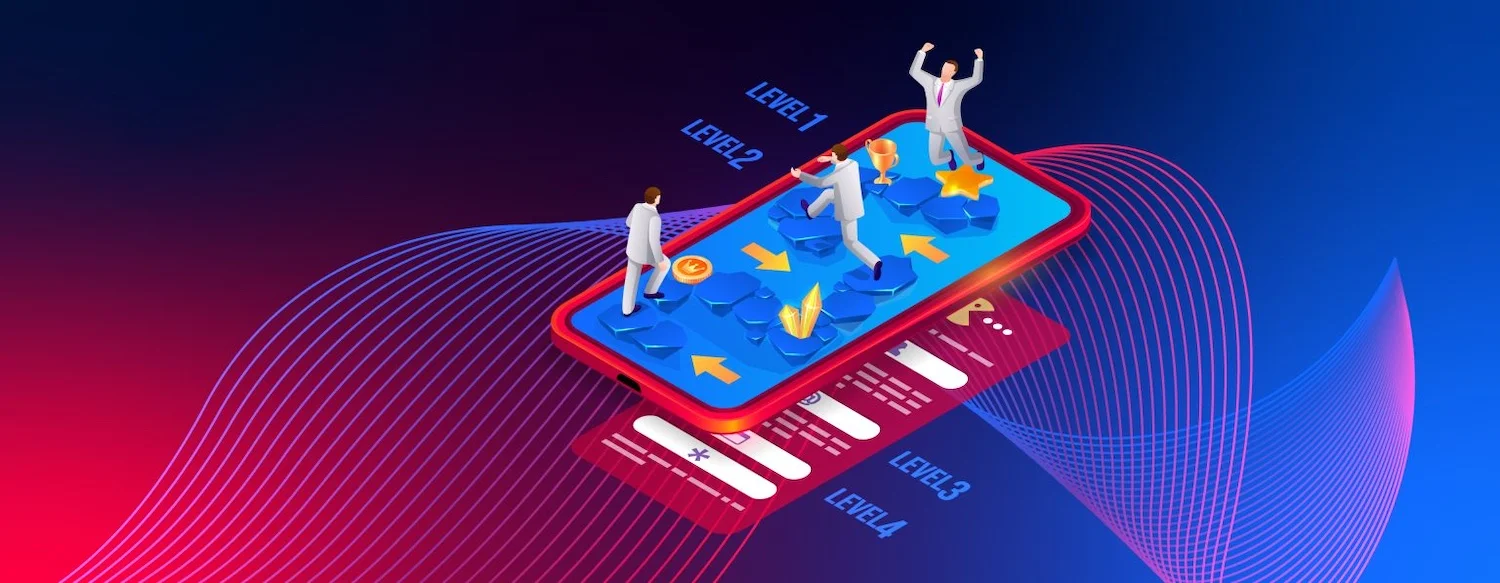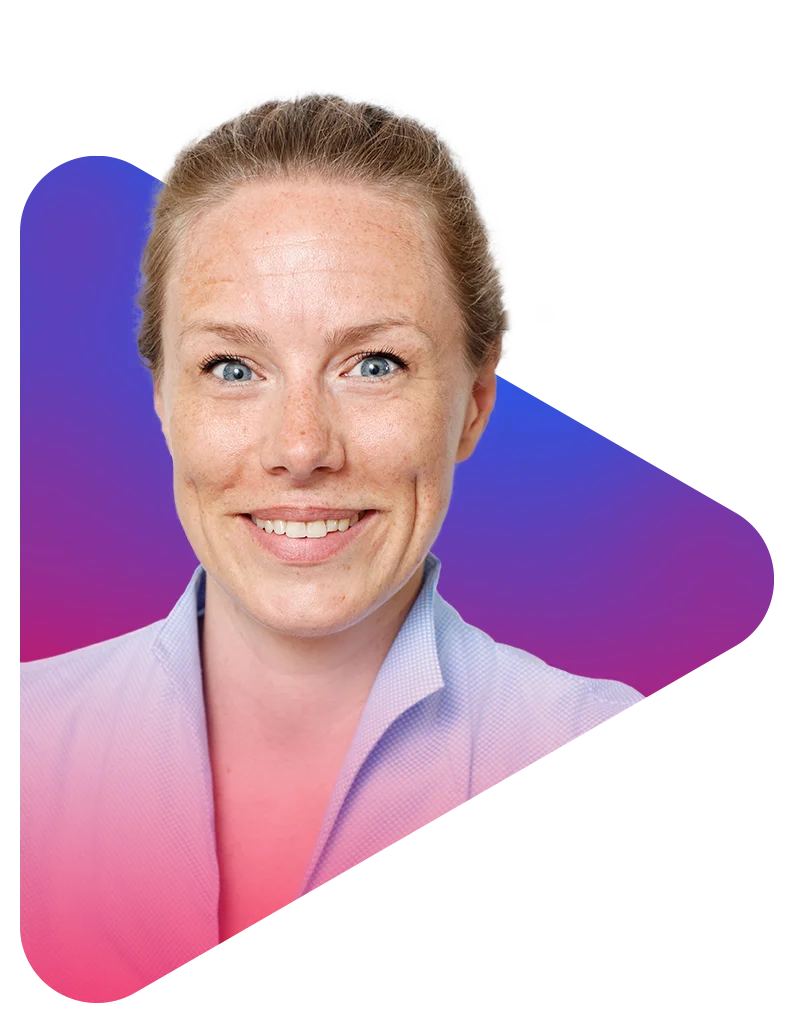
Finding your way in a sea of data: Creating customized user journeys
Thursday, April 14, 2022
Ilse Douwes
Reading time: 03:30 minutes
We have seen virtual events growing exponentially in the past two years and becoming a key part in strategic meeting management. One of the big advantages of virtual events is that it allows you to communicate more content to a much broader audience than through a face-to-face event.
However, we are faced with one obstacle as a result: how do we ensure that this wider audience does not become lost in a sea of data?
Personalize your venue by means of user roles
The solution is simple: divide your attendees into different categories or groups and provide each with their own personalized experience, user journey and targeted information. You have complete control over who sees what, when, and where.
This is important not only for you as the meeting organizer, because you want to ensure that the proper content reaches the right audience, but also for your attendees, who don’t want to waste time on irrelevant information.
The key is to identify the right cluster and divide your attendees into relevant groups. Your opportunities here are endless – e.g. cluster based on industries, departments, interests, age, nationality or buying preferences and so on.
One venue, different experiences
After you have successfully clustered your attendees, you can build unique experiences and share personalized content for each group within one venue.
You can begin by providing multilingual content, allowing your participants to easily obtain information in their native tongue. This does not have to be restricted to simple text translations; you can upload for instance PDF documentation or videos in different languages.
As a second step, you can create separate areas that are accessible for different groups. This can be as simple as assigning various breakout rooms to different breakout groups, making sure each person is in the correct room. You can also make it a little more complex by creating entirely different venues for your attendee groups. The outside of the building or your home page could be the same, but once inside, each group would see a different interior design. The best part is that each group will only see the navigation arrows that are assigned to them, so they will not see any areas or content they are ‘missing out on’, while still having an altogether distinct experience.
Personalize user experiences
Even within these personalized areas, you can upload personalized content. Take, for example, your meeting agenda. Perhaps you want specific groups to attend certain sessions. By uploading different agendas for each group, they will all automatically only see those schedules that are relevant to them. You could have a hundred meetings taking place simultaneously without having your attendees getting lost in your venue trying to find their respective meetings.
Alternatively, you can restrict access to certain content for specific groups, for instance when you’re presenting new prototypes whilst also having press attending your event. You can simply ensure that the press group does not have access to this sensitive data.
Define the user journey and schedule
Finally, you want to make sure that all of your content is available at the exact right time. Each content piece can be scheduled to appear when and where you want it. As an example, you can create various polling questions for your different user groups and have them appear at the exact time they are relevant during our meeting.
This allows you to focus on what is important during our live event, without having to worry about time-relevant information.
All these steps help your attendees to avoid chaos, save time and make your venue overall more user friendly. Share relevant content, concentrate on the important and bring the user experience to the next level.
With magnid, creating these personalized user journeys is very easy and a self-service functionality: you define the different user groups and assign the corresponding user roles to your attendees on a CSV file, that you can upload in the Venue Designer. Alternatively, you can have the roles already included in your registration API.
Start creating your unique experiences now with magnid, contact us anytime for support!

